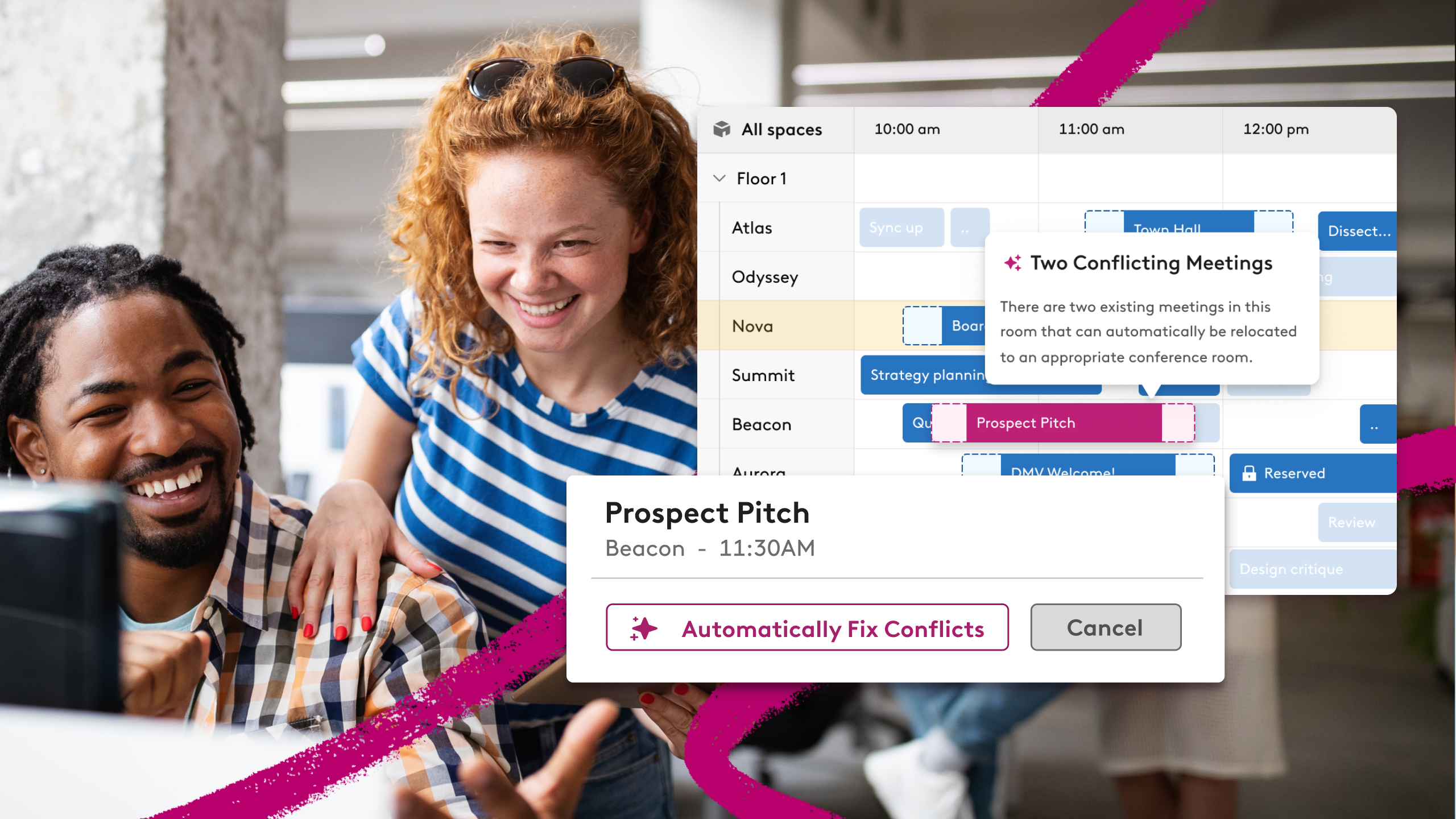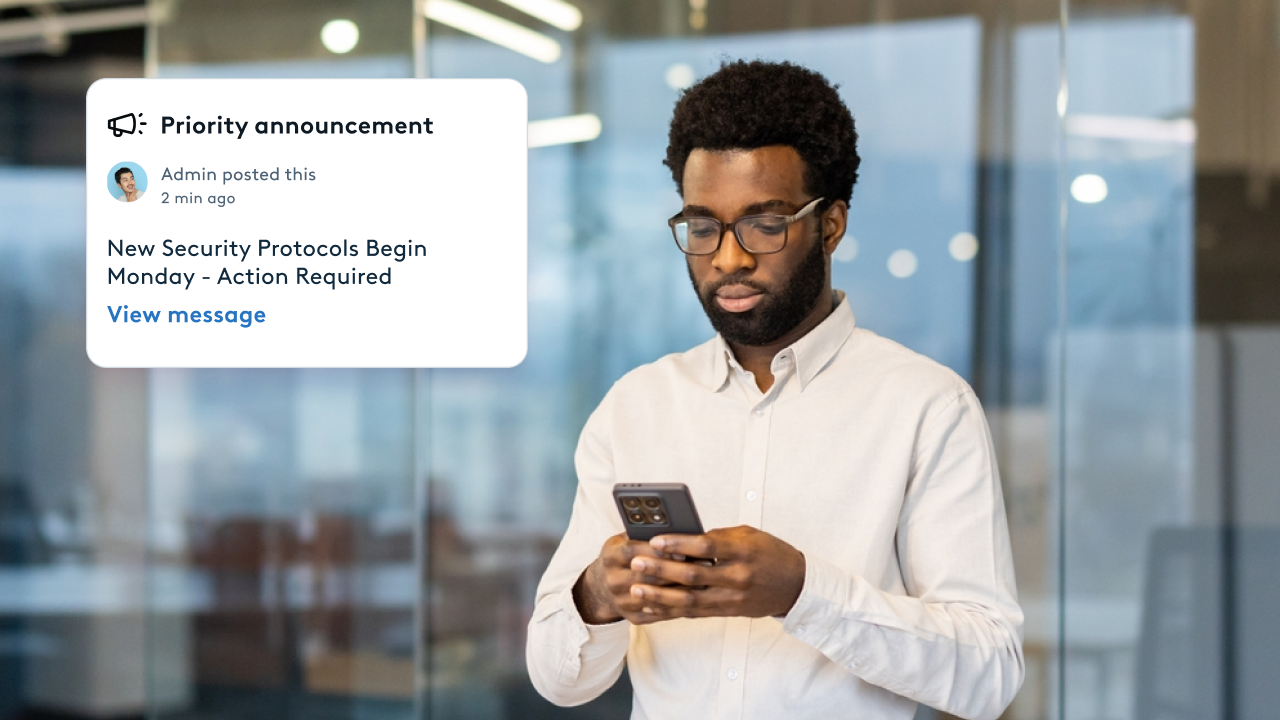Connected Workplaces: How Smart Offices Power Better Work

The term "connected office" used to conjure images of smart light bulbs and internet-enabled coffee makers. But in 2025, connectivity means something else entirely. It's not about novelty tech, it's about infrastructure. Offices today need to be more than physical spaces. They need to be systems.
As companies settle into hybrid work realities, the workplace itself needs to adapt. Static floorplans and point solutions can’t keep up with the complexity of modern work. Offices must operate like intelligent platforms, reactive, flexible, and designed to make in-person work worth the effort.
At Robin, we think of connected workplaces as ecosystems: every interaction, booking, and check-in flows into a system designed to remove friction. When the workplace is connected, the result isn’t just convenience. It’s operational clarity, smarter planning, and better work.
What a "Connected Workplace" Really Means in 2025
Today’s connected office isn't about layering on more tech. It's about consolidating workflows into systems that actually talk to each other. Smart offices are now defined by what you don’t have to think about.
No one needs to remember to check in. Badge data and presence sensors handle that automatically.
No one needs to email facilities for AV setup. Meeting services kick off the moment a room is booked.
No one needs to guess if a space is being used. Analytics give you real-time clarity on how people use your office.
Connectivity isn’t a gimmick. It’s what turns your office from a passive asset into an active system that supports employees and scales with your business.
Why Connections Matter (for IT, Ops, and Employees)
For IT: Connected offices reduce tech sprawl. One integrated workplace platform replaces five disconnected tools. That means tighter security, better adoption, and less time spent troubleshooting.
For workplace and ops teams: A unified dashboard pulls everything, bookings, visitor flows, services, issues, into one place. You don’t need to jump between platforms to understand how your office is running. You just know.
For employees: The best office tech is invisible. People don’t want to think about how to use the office, they just want it to work. Connected systems eliminate the small frustrations that kill in-person momentum. Book a desk. Walk in. Everything else should just happen.
What It Takes to Power a Connected Workplace
A connected office isn’t one-size-fits-all. But the fundamentals are consistent:
- Sensor + Badge Integrations: Passive signals give you the most accurate picture of space usage without relying on manual check-ins.
- Desk + Meeting Booking: Integrated scheduling ensures spaces are used efficiently and teams stay coordinated.
- Visitor Management: Sync with calendars, issue pre-registration links, and automate badge printing.
- Mobile + AI: Apps help employees navigate the office in real-time. AI suggests optimal desk locations, auto-books space, and routes service requests.
- Meeting Services: Indicate when additional services are needed for in-person meetings, from catering requests to AV needs.
The key is having a single platform that can bring all of this together, and do it in a way that actually reflects how people move through your space.
Beyond Features: The Business Impact
A connected office doesn’t just feel better, it performs better.
- Facilities and workplace teams can reallocate resources based on real usage, not guesses.
- IT can reduce overhead by replacing point solutions with one secure system.
- Leaders get real data on how the office is contributing to collaboration, engagement, and productivity.
It’s not just about automating tasks. It’s about aligning your physical space with the way your company actually works.
Future-Proofing Your Office Starts Now
Offices won’t get simpler. Headcount changes, hybrid policies shift, and real estate pressure is only increasing. The systems that power your workplace need to be as adaptive as the people in it.
Connected offices aren’t a luxury, they’re a baseline. At Robin, we’ve spent the last decade building technology that brings order to the workplace. From real-time analytics to AI-powered automation, our platform helps offices run themselves, so your teams can get back to what they came in to do.
Let’s make the office work better. Not harder.













